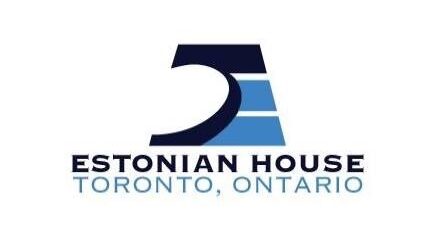The author [CEO of Maxi Investment, based in Dubai, UAE] is an investor and strategist focused on digital markets, hedge funds, and cross-border innovation. The views expressed are their own.
Estonia’s e-Residency program has become a model of smart governance. Since 2014, more than 100,000 people from over 170 countries have signed up as e-residents. These digital entrepreneurs have established over 27,000 Estonian companies and contributed more than €50 million to the national budget.
This program didn’t just boost tax revenue. It built Estonia’s international reputation as a digital-first, forward-looking state. Now, a similar opportunity is emerging—this time in finance.
Estonia is well-positioned to become a European hub for hedge funds and alternative investment firms. The shift is already underway globally. Traditional fund jurisdictions such as Luxembourg and Ireland are seeing rising costs and regulatory delays. Meanwhile, countries that offer agility, clarity, and digital infrastructure are gaining ground.
Amid global economic instability, Dubai saw a 33% surge in hedge fund registrations in 2023 alone. Capital moved there not just for tax reasons, but because the system was modern, fast, and investor-friendly.
One of the best examples is the United Arab Emirates. Amid global economic instability, Dubai saw a 33% surge in hedge fund registrations in 2023 alone. Capital moved there not just for tax reasons, but because the system was modern, fast, and investor-friendly. Estonia can follow a similar path—only digitally.
Today, Estonia has fewer than 20 licensed hedge fund or alternative investment managers.
Yet we already have the key ingredients:
– company formation in minutes
– e-Residency and secure digital governance
– full EU fund passporting rights under AIFMD
– significantly lower operational costs than Western Europe
If Estonia attracts just 100 small to mid-sized hedge funds managing €10–50 million each, the capital under management would exceed €2 billion. This would generate millions in new tax revenues and create high-value jobs in compliance, law, and digital finance.
And the timing couldn’t be better. The next evolution in this sector is the tokenized hedge fund—funds that issue shares as digital tokens on blockchain. These reduce administrative costs, increase transparency, and allow for real-time settlement.
Estonia, a pioneer in blockchain-backed digital services, is already well-suited to host such innovation. With strong legal frameworks, trusted ID systems, and experience in digital public infrastructure, Estonia could lead Europe in hosting tokenized investment funds—if a regulatory pathway is created now.
This would not be the first time Estonia turns uncertainty into leadership. After restoring independence in 1991, Estonia made a bold decision to build a digital society from the ground up. Today, that legacy continues through e-governance, e-tax, and e-health. The same mindset can now be applied to financial services.
To capitalize on this, Estonia should:
- Introduce a flexible legal structure for hedge funds (similar to Luxembourg’s RAIF);
- Launch a regulatory sandbox for tokenized investment vehicles;
- Promote Estonia’s fund sector internationally through e-Residency and Enterprise Estonia;
- Allow fund managers to establish and operate entirely online through integrated digital systems.
We don’t need to be the next Luxembourg. We just need to be Estonia: digital, fast, transparent, and one step ahead.
As the Estonian proverb says, “Kes ees, see mees.” Those who lead early shape the future.




